Clubs Poker compiled various sources to trace the evolution of poker by documenting the major events and figures throughout the game's history.
This item is available in full to subscribers.
To continue reading, you will need to either log in to your subscriber account, below, or purchase a new subscription.
Please log in to continue |
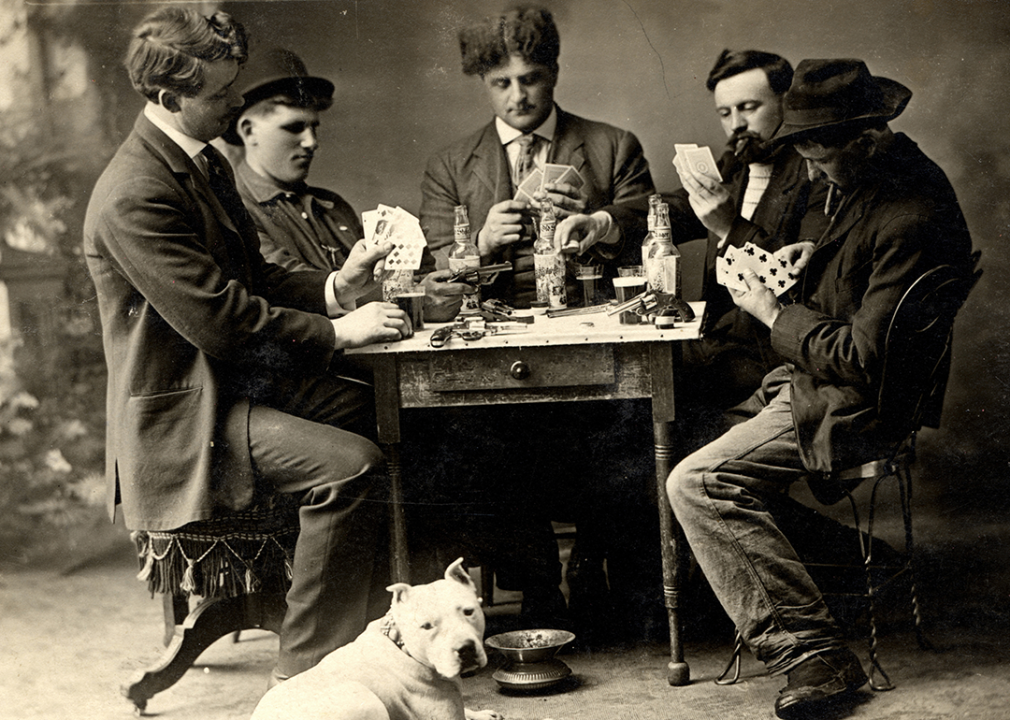
Whether playing with strangers at a casino, friends in the basement, or amateurs inside an online room, poker is filled with ascendant highs and devastating lows. That's just the nature of this classic, volatile, and gambled-upon game, starting with its humble beginnings floating up the Mississippi River to its current worldwide status as one of the most-played card games. How did the centuries-long pastime get so popular?
Clubs Poker examined historical articles and various online sources to trace poker's fascinating history and the events that helped its rapid growth.
The game's pervasive cultural footprint can be attributed to numerous things. At a base level, poker is easy to understand and allows for social engagement. But unlike most betting games, it relies on real skill. The most experienced players know the odds, can read their opponents, suss out bluffs and tells, and pick the right time to hold or fold their cards. The strategy element has separated the weak from the chaff, from its early 19th-century cradle in New Orleans to its expansion westward over the ensuing decades. As Americans discovered the new frontier, poker spread throughout saloons and casinos, burnishing the competitive reputations of larger-than-life characters and contributors growing the game's legacy.
It wasn't until the latter half of the 20th century—with the start of The World Series of Poker and the emergence of Texas Hold 'Em as the game's dominant variation in which players bet with two-card hands—that poker rose into the mainstream. Thanks to the introduction of televised tournaments and innovative camera technology, the game's strategies became more accessible to fans.
The rise in popularity of the internet also revolutionized and democratized poker, spotlighting various personalities—like Chris Moneymaker, who won the World Series of Poker in 2003 after qualifying in an online tournament—and lowering the barrier for entry. Despite online poker still being outlawed in the majority of the U.S., more states have made it legal and accessible, producing new customers and interest among young amateurs and professionals alike.
Keep reading to learn more about its evolution, some of the game's biggest moments, and how the industry continues to change.
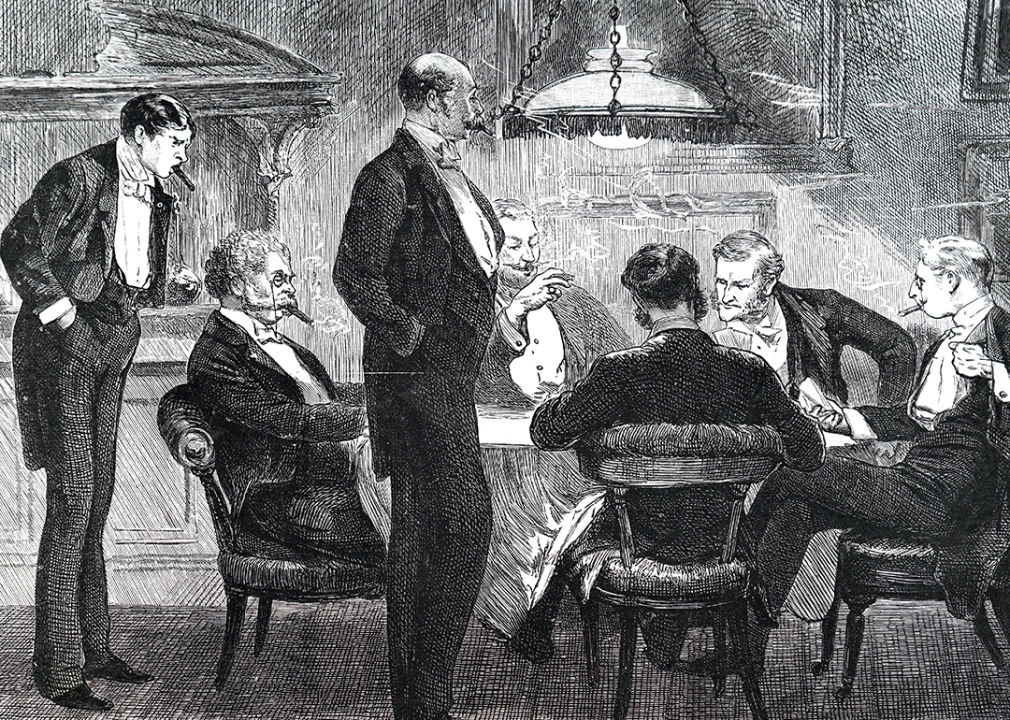
The closest consensus there is about the earliest forms of poker stems from two games. Some historians trace it back to the German card game "pochen," which featured betting and bluffing. Another was a French betting game called "poque," which has a closer name and featured a 32-card playing deck. But the birth of the modern game called poker occurred sometime in the first two decades of the 19th century, cropping up around New Orleans, a former French territory before the Louisiana Purchase.
English-speaking residents eventually changed the name to poker, and by the 1830s, players had adopted 52-card packs, likely to accommodate more people at the table, provide more betting opportunities, and more possible winning combinations. The game's proliferation took place mostly on floating saloons and river boats, as gamblers were often stigmatized in various towns and ports.
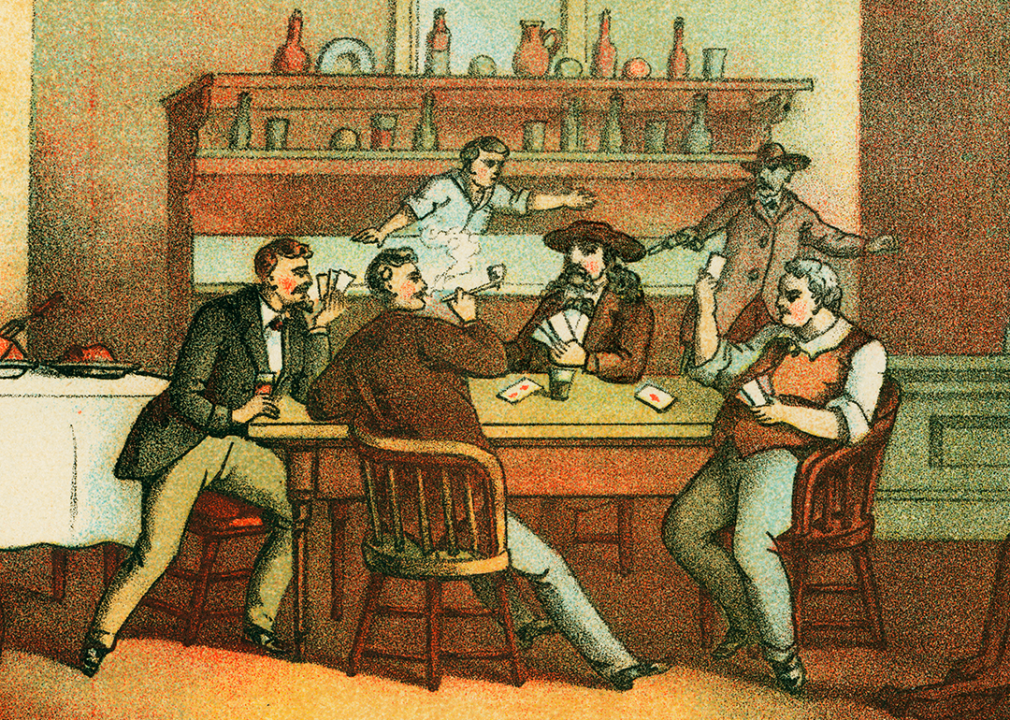
As poker began gaining popularity—and introducing various sharps and cheats—on boats up the Mississippi River, the game migrated in tandem with westward expansion.
Throughout the California Gold Rush of 1849, numerous gambling establishments cropped up over Northern California and throughout the "Wild West," where legendary figures like Doc Holliday, Poker Alice, and Wild Bill Hickok emerged. The latter was a gunman, lawman, and professional gambler and went on to partake in numerous shootouts and duels before a defeated opponent fatally shot him in the back while playing five-card stud. At the time, Hickok's hand contained pairs of aces and 8s.
Most of these characters were emblematic of the westward pioneers and speculators, who shared high-risk-taking characteristics. Across small towns and mining camps, poker tables became a primary crowd attractor, pitting cowboys, railroad workers, soldiers, and outlaws against each other with big pots up for grabs. Though Faro was generally the card game of choice, poker continued to rise in popularity, bringing with it variations of hands like the straight, and styles of play like the draw, allowing players to improve their hands.

It has been generally established that Texas Hold 'Em originated in Robstown, Texas, in the early 1900s, but it didn't start to gain popularity until it was launched in Las Vegas in 1967. Labeled a "thinking man's game" by poker influencer Crandell Addington, the game initially could only be played at The Golden Nugget, which had a low bar for clientele and kept high-rollers away from picking it up.
Then, on Aug. 16, 1968, A.D. Livingston introduced the general public to the game—at the time called "Hold Me Darling, Tennessee Hold Me, or Texas Hold 'Em"—thanks to a detailed explainer in Life Magazine. A year later, the Dunes Casino, sitting on prime Las Vegas strip real estate, held a Texas Hold 'Em tournament that attracted high-stakes players. Its popularity quickly began to rise, eventually turning into the main event of the nascent the World Series of Poker in 1971. Thanks to poker authors writing more about the game's strategy over the next decade, it superseded the stud games of old to become the dominant modern poker game.
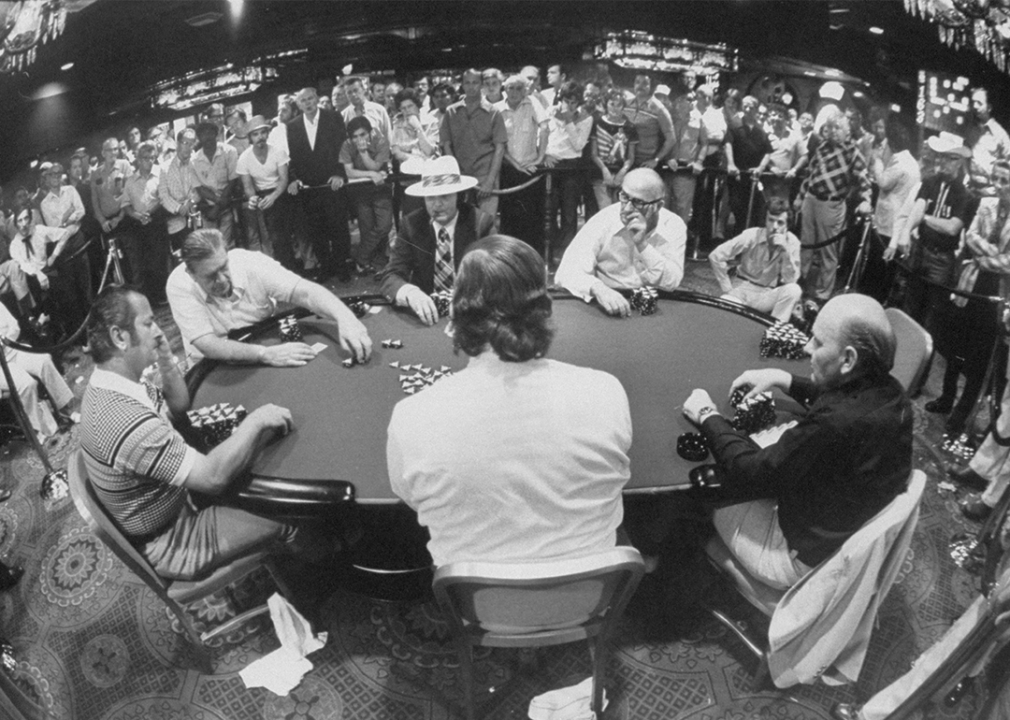
When poker's hallmark global tournament first began in 1970, there was no public awareness and little press attention. The state of Nevada had less than 70 poker tables. The host casino, Binion's Horseshoe, organized the event inside a small alcove. That year's champion, Johnny Moss, was deemed the "best all-around player" after competing in high-stakes games with a group of around 30 gamblers.
The next year, Benny Binion, who concocted the event, changed up the format so that players could only enter with a $5,000 entry fee. Moss won the winner-take-all prize among seven players, reclaiming his title and helping make the World Series of Poker an annual prestigious event. Soon, "Amarillo Slim" Preston emerged as a major ambassador for the game, and CBS televised the tournament in 1973, helping grow poker's status in the mainstream for years to come.

In the mid-1990s, with the internet still in its infancy, the first online poker chat rooms emerged and began to democratize the game. No longer did card sharks need brick-and-mortar casinos and in-person buy-ins to get their poker fix.
But the first, real-money online poker hand took place in 1998, thanks to poker website Planet Poker and well known player Mike "The Mad Genius of Poker" Caro, who endorsed it. Eventually, Paradise Poker launched its own real-money games and became the world's biggest online poker site, inspiring an ecosystem of similar virtual gambling rooms.
According to Poker.com, U.S. poker players make up more than 90% of the global online poker market. Though Congress passed the Unlawful Internet Gambling Enforcement Act of 2006, making it illegal for Americans to play online poker, six states in the country have legalized it since then.
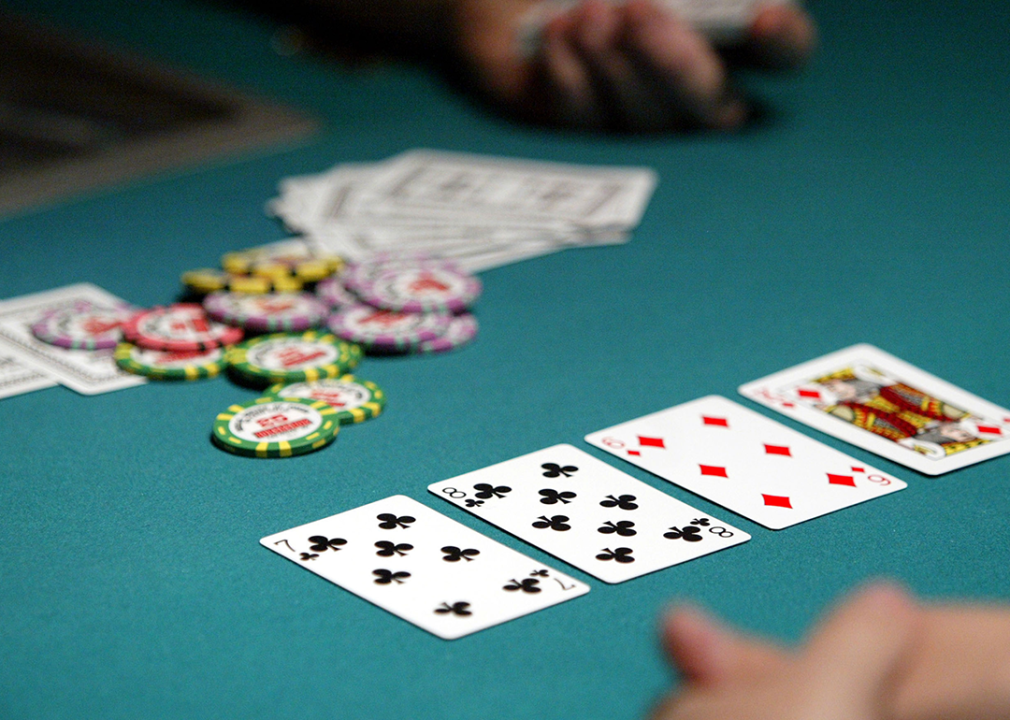
Although CBS aired a one-hour recap of the World Series of Poker in 1973, televised poker didn't reach its height until the early 2000s when technological advances allowed for more accessible viewing.
Influenced by Henry Orenstein's patented "hole cam" from the late 1990s, in which cameras displayed the player's cards, mainstream networks like ESPN began using their own hole cam technology, adding on-screen graphics with real-time percentages and insights that allowed viewers to second guess decisions and play "arm-chair contestant."
In 2003, the Travel Channel took the idea for its first episode of "World Poker Tour" and drew record ratings. Later that year, Tennessee accountant Chris Moneymaker shocked the industry by winning $2.5 million in the World Series of Poker after qualifying through a $40 PokerStars satellite tournament.
The victory enabled a poker boom, legitimizing online poker but more importantly turning more characters around televised tables—Phil Helmuth Jr., Phil Ivey, and Gus Hansen, for example—into well-known personalities and further popularizing Texas Hold 'Em.

In 2014, Jason Somerville became one of the first professional poker players to livestream a session on Twitch, sharing insights and strategies with fans in the midst of playing games and tournaments. The channel became such a hit that he formed a poker community called Run It Up, which has employed various brand ambassadors who have cultivated their own poker followings.
About a decade since he broke through on the platform, there are hundreds of well-known streamers who specialize in specific kinds of poker games—Omaha, Hold 'Em, Five-card Draw—allowing players to become experts in their niche. By embracing the latest technologies, these streamers have sparked a renewed interest in the game among Gen-Z audiences. As of 2024, Twitch boasted having an average of around 2.4 million concurrent viewers per week, becoming a new source of entertainment and education.
Story editing by Cynthia Rebolledo. Copy editing by Lois Hince.
This story originally appeared on Clubs Poker and was produced and distributed in partnership with Stacker Studio.